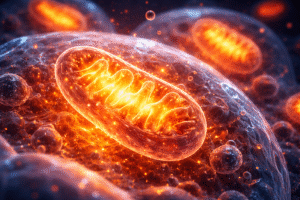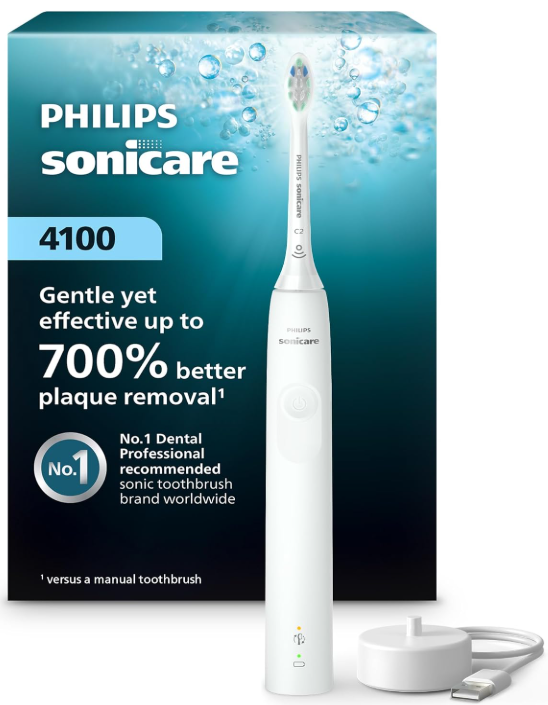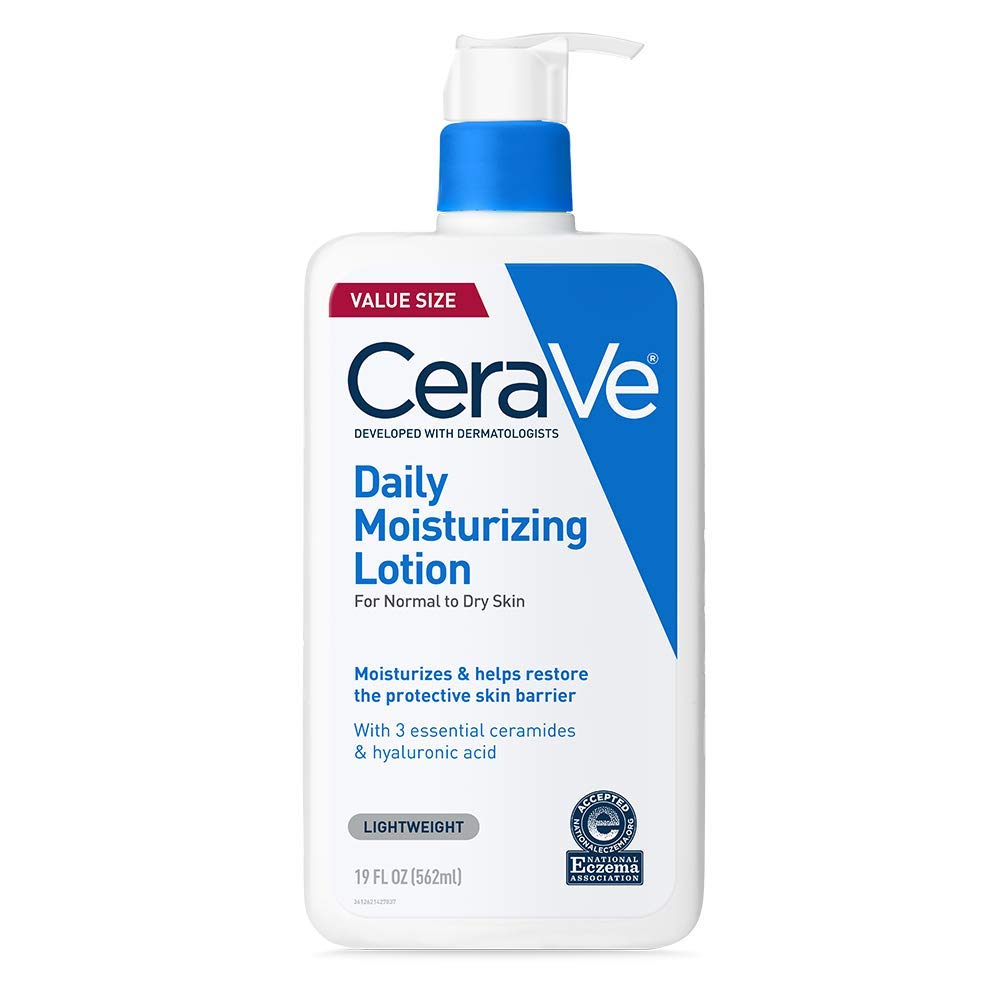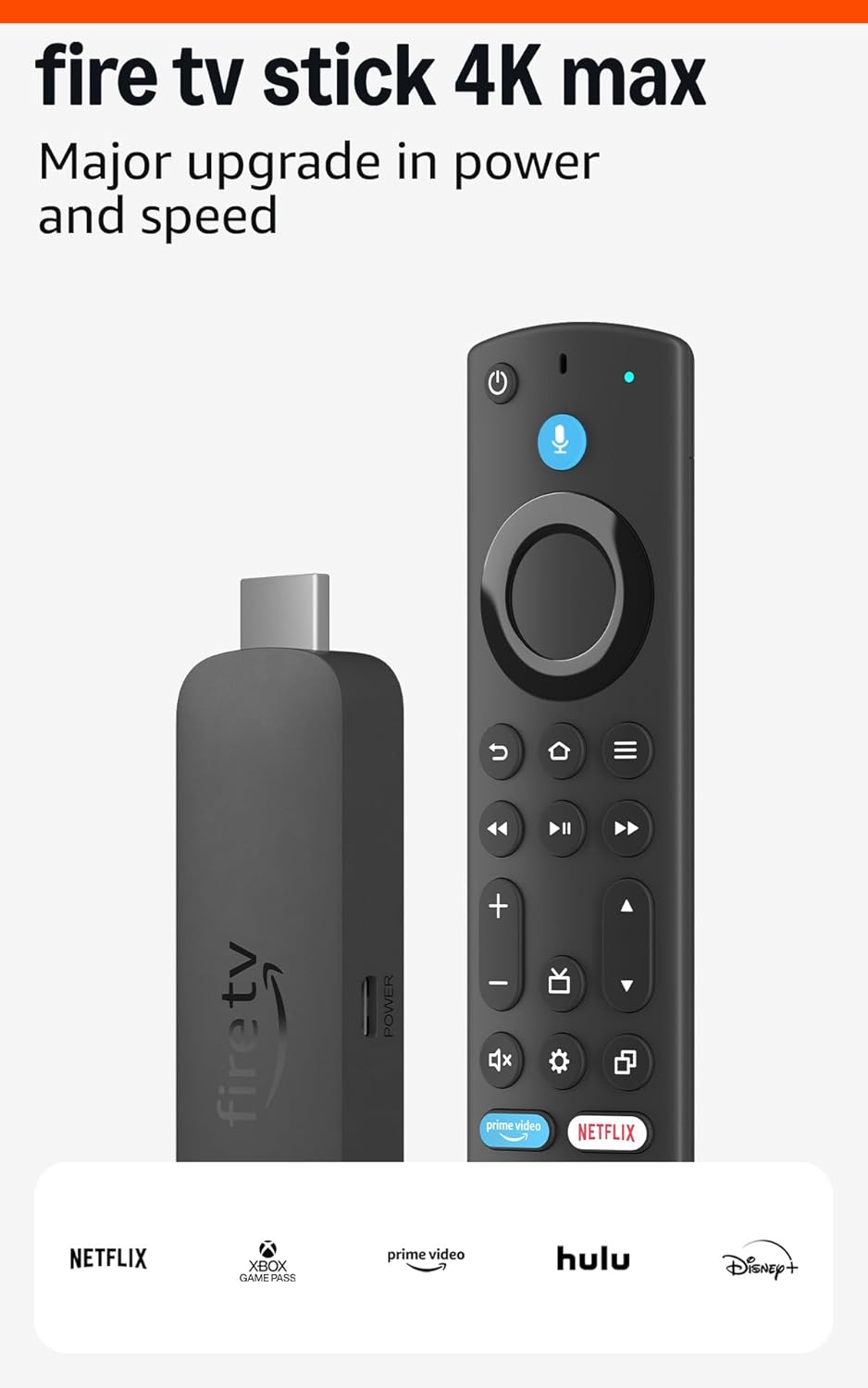I. Introduction: The Alarming Rise of Edibles and Their Deceptive Appeal
The landscape of adolescent substance use is undergoing a significant transformation, with cannabis edibles emerging as a particularly concerning public health challenge. These products, often crafted to be visually and aromatically indistinguishable from conventional snacks and candies, present unique and severe risks to the developing brains of young individuals. The discreet nature of edibles, which lack the tell-tale odor often associated with smoked marijuana, further complicates detection by parents, educators, and other adults, thereby exacerbating the inherent dangers associated with their consumption.
Statistical data underscore the increasing prevalence of cannabis use among adolescents. In 2022, a substantial 30.7% of U.S. high school 12th graders reported using cannabis in the preceding year, with 6.3% indicating daily use. Within this demographic, the consumption of edibles is notably high. In states where medical marijuana has been legalized, 40% of 12th-grade marijuana users reported consuming edibles in the past year, a figure significantly higher than the 26% reported in states without legalized medical marijuana. This trend indicates a growing accessibility and, perhaps, a perceived normalization of cannabis products among youth.
The widespread use of cannabis, even if illegal for minors, suggests a societal shift in perception. When a substance becomes more visible and readily available, even through regulated adult markets, the perceived risk among young people tends to diminish. This reduction in perceived risk can lead to increased experimentation and more frequent use. The normalization transforms cannabis from a traditionally illicit substance into something more commonplace, which can make it challenging for conventional prevention messages to resonate effectively with adolescents. This evolving context necessitates a re-evaluation of prevention strategies, shifting the focus towards comprehensive education on health impacts rather than solely emphasizing legal consequences.
A critical factor contributing to the appeal of edibles among adolescents is their “stealth” characteristic. Edibles are increasingly favored because they offer a discreet method of consumption, eliminating the distinctive odor and perceived lung harm associated with smoking. This inherent discretion allows teenagers to use these products in various environments without easily being detected by adults. The absence of traditional indicators of substance use requires parents and educators to adopt a more nuanced understanding of behavioral changes and to foster open communication channels with young people.
II. The Sweet Deception: Why Edibles Attract Youth
One of the most insidious aspects of cannabis edibles is their deliberate design to mimic popular, everyday treats. These products frequently utilize packaging, branding, and even names that are nearly identical to well-known candies and snacks, including items such as Skittles, Nerds, Reese’s Pieces, KitKat, Sour Patch Kids, Doritos, Krispy Marshmallow Treats, and Warheads. This overt visual deception makes them highly appealing and easily confusable with legitimate food items, posing a particular risk for unsuspecting children and adolescents who may inadvertently consume them.
Beyond merely imitating junk food, some cannabis edibles employ deceptive “healthy” or “natural” branding. This strategy involves featuring labels such as “locally made” or “vegan,” often accompanied by bright colors and fruit imagery. Studies have consistently shown that teenagers find these elements highly appealing, frequently interpreting the products as healthy or natural snacks, even when they are aware that the items contain cannabis. This marketing approach exploits a growing interest among youth in healthier lifestyle choices, further obscuring the product’s true nature and minimizing perceived risks.
The appeal of these products extends beyond simple consumption. Research indicates that some teenagers desire to display the packaging in their rooms or feature it in social media posts. This behavior suggests that the branding resonates with adolescents’ identity formation and social aspirations, making the products appear “trendy” and “cool.” This social currency can amplify peer influence, contributing to the normalization of edible use within youth culture. Such a social dimension of marketing implies that traditional “anti-drug” campaigns may be less effective if they do not address these underlying social and identity drivers. Prevention strategies must therefore understand and counter this cultural appeal, rather than focusing solely on the chemical effects of the substance.
Despite existing regulations in many jurisdictions, such as California, which prohibit packaging that targets youth, ban terms like “candy,” and restrict images of the edible product on labels, illicit market products frequently disregard these rules. Unlicensed dispensaries further exacerbate this issue by often failing to verify age, selling products at lower prices, and employing youth-friendly marketing tactics. This situation highlights a significant gap between regulatory intent and real-world enforcement. The agility of the illicit market allows it to quickly adapt and bypass regulations, creating a continuous challenge for authorities. This suggests that current regulatory frameworks are often insufficient to effectively contain the problem. A more robust and coordinated regulatory enforcement, potentially at a federal level, is urgently needed to prevent the proliferation of these dangerous, unregulated products. Public education about the risks of purchasing from unlicensed sources is also crucial, as these products are not only deceptively packaged but often manufactured in unsanitary conditions.
Table 1: Deceptive Edible Packaging Examples
| Original Product | Cannabis Edible Mimic | Key Copied Characteristics |
| Skittles | “Skittles” with cannabis leaf, Fruit candies with cannabis terms | Exact name and brand, Font, Colors, Flavors, Cannabis leaf motif |
| Nerds | Nerds Gummy Clusters, Nerds Rope, Nerds Ropes Bites | Exact brand, Similar product name, Font, Colors, Brand/promotional character |
| Reese’s Pieces | “Reefers” | Similar yellow and orange packaging, similar name, mimics popular treat |
| KitKat | “KushKat” | Red wrapper like a KitKat bar |
| Sour Patch Kids | Stoney Patch Kids, Stoner Patch Dummies | Similar product name, Colors, Similar brand/promotional characters, Cannabis leaf motif |
| Doritos | Nacho cheese tortilla chips (cannabis-infused) | Exact brand and product name, Font, Colors, Flavor |
| Rice Krispies Bars | Krispy Marshmallow Treats | Exact brand, Similar product name, Font, Colors, Flavor, Brand/promotional characters |
| Warheads Chewy Cubes | Sour fruit chews (cannabis-infused) | Exact brand and product name, Font, Colors, Flavors, Brand/promotional character |
III. Beyond the Wrapper: THC’s Potent Impact on Developing Brains
Modern cannabis products, particularly edibles, contain significantly higher concentrations of Tetrahydrocannabinol (THC), the primary psychoactive compound. In 1995, marijuana typically contained about 4% THC, whereas today’s marijuana can range from 10% to 30% THC. Vape products can contain even higher concentrations, from 65% to 90%, and edibles commonly contain 5 to 10 milligrams of THC per serving. It is critical to note that a single edible product can often contain multiple adult servings.
A major factor contributing to the dangers of edibles is their delayed onset of effects. Unlike smoked marijuana, which produces effects within seconds to minutes, a THC edible typically takes 30 to 60 minutes to be absorbed and digested, with the peak effect occurring 3 to 4 hours after ingestion. This delayed onset is a significant contributor to overconsumption. Teenagers, not feeling immediate effects, may ingest additional product, inadvertently consuming a dangerously high dose. This situation is not merely a matter of “taking too much”; it represents a systemic failure of perception and expectation, often leading to severe and unpredictable physiological and psychological reactions. Public health campaigns must explicitly address this “delayed-dose” phenomenon, as it is a critical factor in accidental overdoses that is frequently misunderstood by users. Simple warnings about potency may not suffice without a clear explanation of the delayed onset.
Overconsumption can lead to a range of acute overdose symptoms, including intoxication, altered perception, anxiety, panic, paranoia, dizziness, weakness, slurred speech, poor coordination, and excessive sleepiness. More severe reactions can manifest as apnea (not breathing for 10 seconds or longer) and significant heart problems. In extreme cases, individuals may experience psychotic episodes, hallucinations, agitation, violent behavior, self-harm, and even death.
The adolescent brain continues to undergo crucial development until approximately age 25. During this period, vital processes such as the fine-tuning of neural pathways and the maturation of the prefrontal cortex—the region responsible for judgment, decision-making, and impulse control—are still occurring. THC interferes with the brain’s natural endocannabinoid system, which plays a critical role in this development. This interference can lead to potentially irreversible damage. Documented long-term effects include impaired learning, memory, attention, concentration, problem-solving, coordination, reaction time, and judgment. Some studies even indicate a loss of IQ that may not be recovered even if cannabis use ceases in adulthood. This evidence shifts the understanding of cannabis from a substance with temporary effects to one with the potential for lasting neurobiological harm, underscoring the permanent stakes involved in adolescent use.
Furthermore, frequent cannabis use during adolescence is associated with an increased risk of depression, anxiety, and suicidal thoughts. There is also a significantly increased risk of psychosis or schizophrenia, particularly with early or frequent use of high-potency products. This suggests a complex, and potentially bidirectional, relationship where mental health vulnerabilities may drive cannabis use, which in turn can exacerbate or trigger these conditions. Approximately 3 in 10 cannabis users develop Cannabis Use Disorder (addiction), with the risk being 4 to 7 times higher for those who begin using in their teenage years. Chronic heavy cannabis use can also lead to Cannabinoid Hyperemesis Syndrome, a condition characterized by severe, cyclical nausea and vomiting. Addressing these intertwined risks necessitates an integrated approach to adolescent health that concurrently addresses both mental health and substance abuse.
Table 2: THC’s Impact on the Adolescent Brain
| Brain Area/Function Affected | Specific Impact | Associated Risks | Supporting Information |
| Prefrontal Cortex | Poor decision-making, relationship problems, and lower life satisfaction | Psychosis, schizophrenia, and addiction | |
| Hippocampus | Impaired learning and memory | Reduced school performance, difficulty with complex tasks, IQ decline (potentially irreversible) | |
| Endocannabinoid System | Disrupted neural connections, altered brain development | Reduced coordination, reaction time, attention, concentration, and problem-solving | |
| General Brain Function | Reduced coordination, reaction time, attention, concentration, problem-solving | Unintentional injuries/deaths, poor school/work performance, increased risk of accidents | |
| Emotional Regulation | Mood changes, agitation, paranoia | Depression, anxiety, suicidal thoughts, psychotic episodes |
Table 3: Edible Overdose Symptoms & What to Do
| Common Symptoms | Severe Symptoms | Immediate Actions | Poison Control Hotline |
| Intoxication, altered perception, anxiety, panic, paranoia, dizziness, weakness, slurred speech, poor coordination, excessive sleepiness, nausea, vomiting, stomach cramping, diarrhea | Psychotic episodes, hallucinations, agitation, violent behavior, self-harm, apnea (not breathing for 10 seconds or longer), seizures, heart problems, coma, near-cardiac arrest | Stay calm, try to determine what and how much was consumed, and look for THC content on the packaging. Call Poison Control immediately. Seek emergency medical care (call 911) if the child is unconscious, having difficulty breathing, or exhibiting severe symptoms. | 1-800-222-1222 |
IV. A Growing Crisis: The Soaring Numbers of Accidental Exposures
The legalization of cannabis in various states has been accompanied by a dramatic surge in accidental exposures among children and teenagers, signaling a significant public health concern. Between 2017 and 2021, poison control calls related to cannabis edibles in children younger than 6 years old escalated by an alarming 1,375%. In Ohio, accidental cannabis poisonings have increased 20-fold since medical marijuana sales commenced in 2019, with a projected 49% increase in edible exposures among children from 2023 to 2024 alone. Data from Florida Poison Control Centers in 2023 indicated that 76% of calls concerning cannabinoid exposure involved children and teenagers, with the largest increase observed in the teenage demographic compared to the previous year.
The severity of these incidents is particularly concerning. In 2024, approximately 9 out of 10 exposures in children under 5 years old necessitated treatment in a healthcare facility, with two-thirds of these patients requiring admission and 30% needing care in an intensive care unit (ICU). Emergency Department (ED) visits for individuals aged 12-21 related to substance use also increased from 2018 to 2023, with cannabis-related visits specifically rising from 17.9% to 35.3%. These figures illustrate an “unseen epidemic” of severe pediatric poisonings, representing a public health crisis that is often underestimated. The high rate of medical intervention and ICU admissions for very young children underscores that these are not minor incidents but severe poisonings with significant healthcare burdens and potential for long-term harm. This situation demands urgent, widespread public awareness campaigns specifically targeting parents and caregivers about the extreme danger of edibles to young children, emphasizing safe storage and immediate emergency response.
Despite legal age restrictions and packaging regulations, adolescents continue to access cannabis edibles through various illicit channels. Teenagers report obtaining edibles at school from peers who either produce them themselves or resell products acquired from dispensaries. Unlicensed dispensaries play a substantial role in this illicit supply chain, frequently failing to verify age, offering cheaper products, and employing marketing tactics that appeal directly to youth. Social media platforms, such as Instagram and Snapchat, are also utilized by teenagers to arrange drug transactions. Products sourced from these illicit markets are not only unregulated in terms of THC content but can also be manufactured under “highly unsanitary and heavily contaminated” conditions, introducing additional health risks. The lack of consistent state-by-state regulations concerning cannabis contaminants further compounds these dangers.
This situation reveals a “legalization-illicit market synergy.” While cannabis legalization aims to establish regulated markets, it has not eradicated the illicit trade. Instead, it appears to have fostered a complex ecosystem where illicit sources thrive by exploiting regulatory gaps and directly catering to young people. These unregulated products bypass age verification, are often more affordable, and use deceptive marketing, making them highly accessible to minors. The unsanitary production conditions of black-market edibles further amplify direct health risks. This dynamic indicates that legalization without robust, consistent, and well-enforced regulations across the entire supply chain can inadvertently create new avenues for youth access and harm. It necessitates a multi-pronged regulatory approach that aggressively targets illicit markets while simultaneously educating the public about the dangers associated with these unregulated products.
The “patchwork regulation” problem, characterized by state-by-state inconsistencies in cannabis contaminant regulations and varying potency limits , creates a fragmented regulatory landscape. This lack of uniformity allows for “regulatory arbitrage,” where illicit producers can operate in less stringent environments or exploit loopholes to transport products across state lines. This fragmented approach makes it difficult for consumers to ascertain product safety and for law enforcement to effectively control the market, ultimately increasing risks for youth. A more standardized, potentially federal, set of guidelines for cannabis product safety, potency, and packaging is crucial. A unified approach would simplify enforcement, reduce the appeal of illicit products, and better protect public health, particularly for vulnerable populations like adolescents.
V. Safeguarding Our Youth: A Call to Action for Parents, Schools, and Policymakers
Protecting adolescents from the dangers posed by cannabis edibles demands a comprehensive, multi-faceted, and collaborative approach from all segments of society.
Home Safety: Secure Storage and Open Communication
Parents and caregivers bear a primary responsibility in establishing a safe home environment. It is imperative to treat cannabis edibles with the same caution as medications and other toxic household products. This involves storing them in child-resistant packaging, in elevated, locked, and out-of-sight locations. Products should always remain in their original, clearly labeled packaging to prevent confusion. Furthermore, adults should never consume marijuana edibles in front of children or while supervising them, as this behavior can inadvertently create temptation and compromise the adult’s ability to provide a safe environment.
Open and non-judgmental communication is paramount. Children should be taught to always ask permission before consuming any food they find. Parents should engage in ongoing, honest conversations with their teenagers about the risks of cannabis, particularly edibles, emphasizing the potential harm to their developing brains and mental health. Discussions should also include strategies for navigating peer pressure and confidently declining offers of illicit substances. The current situation underscores the imperative for “cannabis-specific” parental literacy. Many parents may not fully grasp the unique dangers of edibles, such as their deceptive appearance and delayed effects, unlike more commonly understood substances like alcohol or tobacco. Targeted education for parents on identifying, storing, and discussing these products is essential, as they serve as the primary gatekeepers and educators for younger children.
Empowering Education: Increasing Cannabis Literacy Among Youth
Educational institutions play a crucial role in equipping young people with the knowledge and skills to make informed decisions. Schools should integrate comprehensive, evidence-based cannabis education into their curricula, ideally starting at an early age, as some countries like Spain have begun doing in preschool. Programs such as Stanford’s “Smart Talk: Cannabis Prevention & Awareness Curriculum” for middle schoolers offer age-appropriate lessons, activities, and discussion guides designed to foster critical thinking and refusal skills.
Educational efforts should focus on harm reduction, specifically highlighting the dangers of high-potency THC and the delayed effects characteristic of edibles. This approach moves beyond a simplistic “just say no” message to one that builds critical thinking and resilience. In an environment where cannabis is increasingly normalized and accessible, empowering teenagers to critically evaluate information, understand consequences, and navigate social pressures is vital. This aligns with broader educational goals of preparing youth for a complex world, where critical thinking is a fundamental “survival skill”. Collaboration between parents and schools is also essential to ensure consistent messaging and reinforce prevention efforts.
Policy Imperatives: Stricter Regulations on Packaging, Marketing, and Potency
Policymakers must enact and rigorously enforce adaptive regulations to counter the deceptive appeal and accessibility of cannabis edibles. This includes implementing and enforcing bans on packaging and marketing designed to attract children, specifically prohibiting cartoons, toys, popular characters, and terms like “candy”. Images of the edible product itself should also be banned from packaging.
Furthermore, clear and unmistakable warning labels are crucial on all cannabis products, including hazard pictograms and the national poison control number. It is also imperative to establish and enforce stricter THC potency limits, mirroring regulations for alcohol and tobacco, and to mandate clear labeling of THC concentration and serving sizes. Enforcement efforts against unlicensed retailers and black-market operations that facilitate youth access must be intensified. Policymakers should consider measures such as banning home delivery or allowing local jurisdictions greater control over sales to limit physical availability. Sanctions for underage purchasers may also serve as a deterrent.
Public health campaigns, funded through cannabis revenues and taxes, should be robust and specifically designed to combat misinformation and raise awareness about the unique risks of edibles, particularly their delayed onset and overdose potential. Critically, integrating direct feedback from teenagers into regulatory discussions is essential to ensure that policies are effective and resonate with the target audience. This approach recognizes the need for “adaptive regulation” in a dynamic market, where continuous monitoring, proactive policy adjustment, and multi-stakeholder collaboration are necessary to respond swiftly to emerging threats and industry practices.
Table 4: Comprehensive Prevention Strategies
| Stakeholder | Key Strategy Area | Specific Actions/Tips |
| Parents/Caregivers | Home Safety | Use child-resistant packaging; Store in high, locked, out-of-sight locations; Keep in original, clearly labeled packaging; Never consume in front of children or while supervising; Teach children to ask permission before eating found food. |
| Open Communication | Engage in open, non-judgmental conversations about cannabis risks, especially edibles’ impact on brain/mental health; Discuss peer pressure and refusal skills. | |
| Schools/Educators | Education & Awareness | Implement comprehensive, evidence-based cannabis education (e.g., Stanford’s “Smart Talk”); Focus on harm reduction, high-potency THC, and delayed effects; Foster critical thinking and resilience skills. |
| Partnership | Encourage strong parent-school partnerships to reinforce messaging and provide consistent information. | |
| Policymakers/Regulators | Regulatory Enforcement | Ban deceptive packaging (cartoons, popular characters, “candy” terms, product images); Mandate clear warning labels with poison control number; Set and enforce stricter THC potency limits; Increase enforcement against unlicensed retailers and black markets. |
| Public Health Campaigns | Fund robust public health campaigns (using cannabis revenues) to combat misinformation and highlight edibles’ risks (delayed onset, overdose potential); Integrate youth perspectives into regulatory discussions. |
VI. Conclusion: Protecting the Future: A Collective Responsibility
The alarming proliferation of cannabis edibles, characterized by their deceptive “candy-like” appearances and potent THC content, poses a clear and escalating threat to the healthy development of adolescent brains. The analysis has demonstrated how these products are intentionally designed to appeal to young individuals, exploiting their developing cognitive biases and leveraging social media to normalize consumption. The physiological impacts of high-potency THC on the still-maturing adolescent brain are severe and potentially irreversible, leading to significant cognitive impairments, heightened mental health risks, and a considerably increased likelihood of addiction. The soaring numbers of accidental poisonings and emergency room visits underscore the urgency of this public health crisis, a situation further exacerbated by the unchecked growth and deceptive practices of illicit markets.
Protecting our youth from this evolving and complex threat is not a task that can be borne by any single entity; it is a collective responsibility that demands concerted action from all segments of society. This imperative calls for:
- Vigilant Home Safety: Parents must cultivate acute awareness of the unique dangers posed by edibles, ensuring all cannabis products are secured with the same rigor as hazardous medications. Equally important is fostering an environment of open, honest communication with their children about these risks.
- Empowered Education: Educational institutions must implement comprehensive, evidence-based curricula that equip teenagers with the critical thinking skills necessary to discern misinformation and make informed, healthy choices in a rapidly changing landscape.
- Proactive and Adaptive Policy: Policymakers are urged to enact and rigorously enforce dynamic regulations that effectively ban deceptive packaging, establish and maintain strict potency limits, and aggressively target the illicit markets that undermine public safety.
This challenge is inherently dynamic, requiring continuous monitoring and adaptation from all stakeholders. By working collaboratively—parents, educators, public health officials, and policymakers—it is possible to create safer environments, promote informed decision-making, and ultimately safeguard the healthy development and future well-being of our adolescents. The stakes involved are profoundly high, rendering inaction an unacceptable option.












